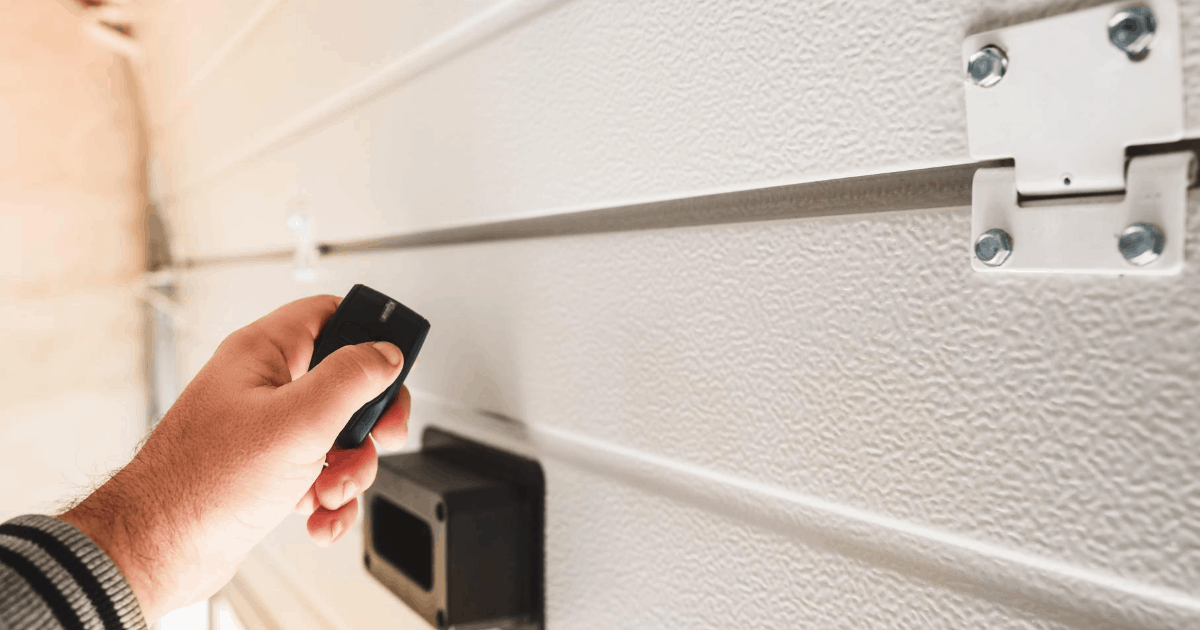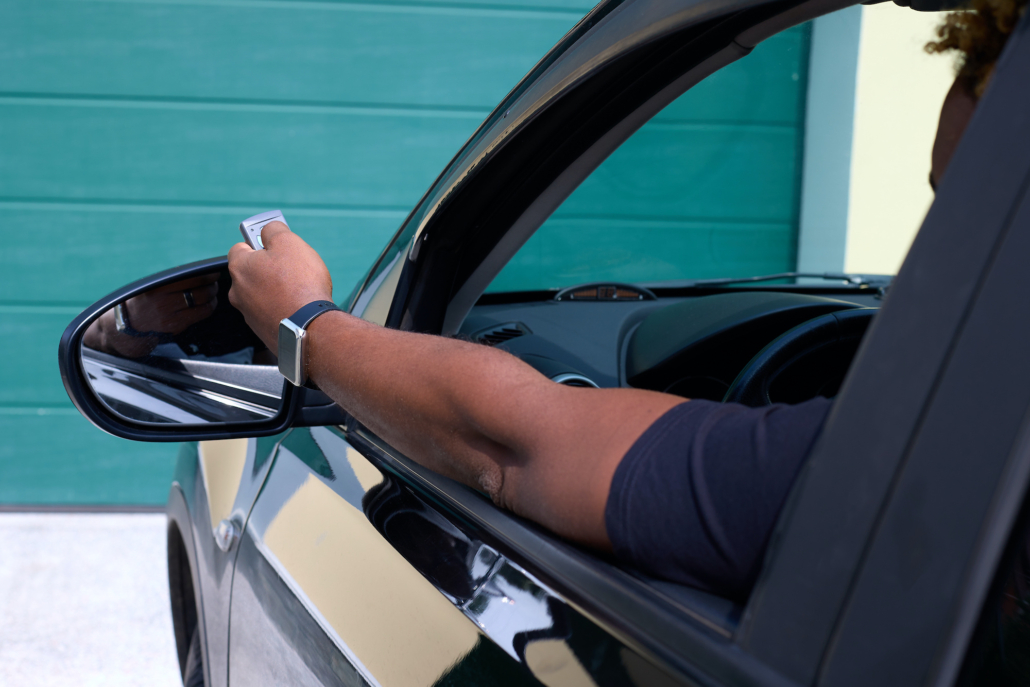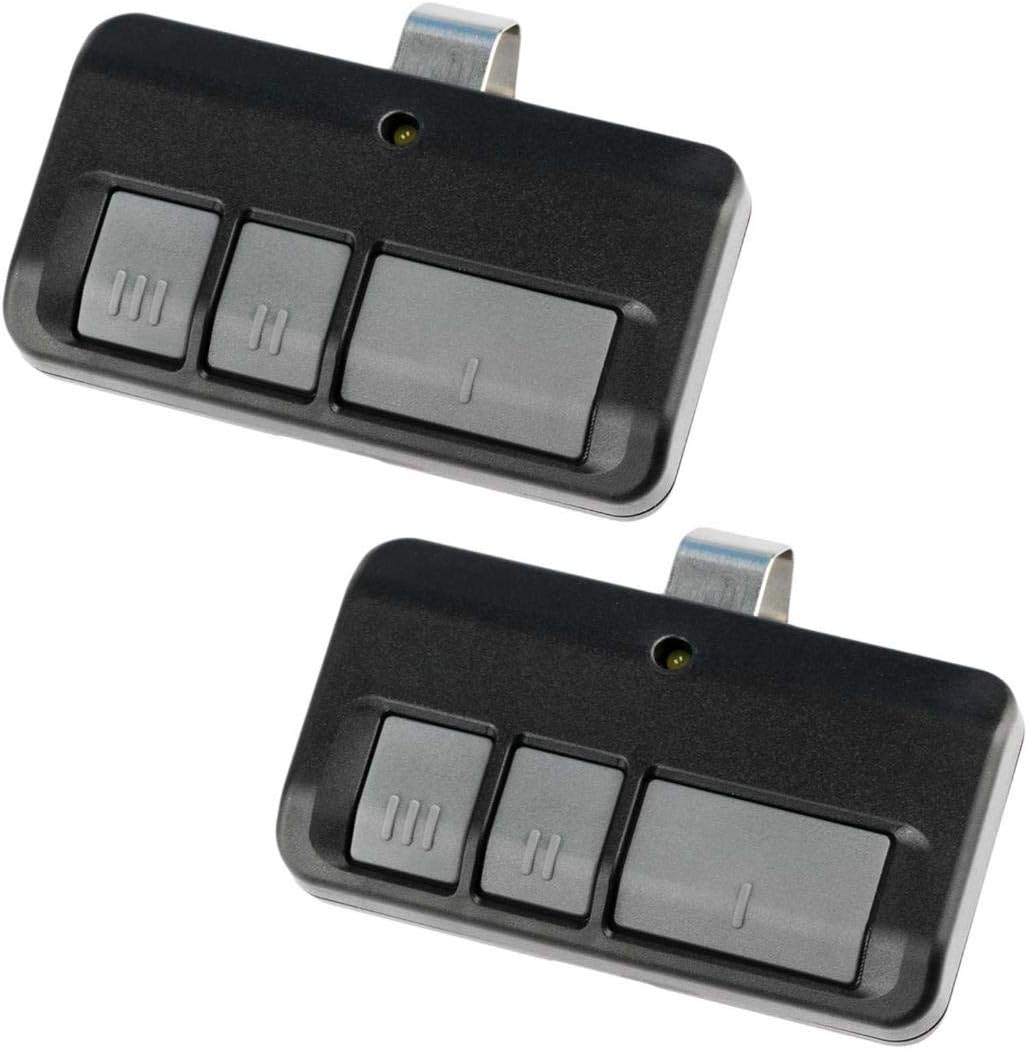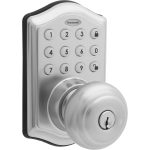A garage door that won’t open with the remote control can be incredibly frustrating and inconvenient. This issue can disrupt your routine, leaving your vehicle trapped inside or outside of the garage. Consequently, understanding the potential causes and solutions for a malfunctioning remote control is essential for restoring functionality. Therefore, this comprehensive guide explores common reasons why your garage door might not open with the remote control, troubleshooting steps, preventive maintenance tips, and when to seek professional help. By understanding these aspects, you can quickly and efficiently resolve the issue and ensure your garage door operates smoothly.
Common Reasons for Remote Control Failure
Several common factors can cause your garage door to stop responding to the remote control. Identifying these reasons is the first step in troubleshooting and resolving the problem. Therefore, exploring the typical causes of remote control failure is crucial.
Dead or Weak Batteries
One of the most common reasons for a garage door remote control to stop working is dead or weak batteries. Over time, the batteries in your remote control lose their charge, causing the signal to weaken or disappear entirely. The first step in troubleshooting this issue is to replace the batteries with fresh ones. Ensure you use the correct type of battery specified by the manufacturer. By starting with this simple step, you can often resolve the problem quickly and restore the remote’s functionality. Therefore, checking and replacing batteries is an essential troubleshooting step.

Signal Interference
Signal interference can also prevent your garage door from responding to the remote control. Various electronic devices, such as cordless phones, Wi-Fi routers, or other wireless gadgets, can cause interference. Additionally, physical obstructions like metal objects or thick walls can block the remote’s signal. To determine if interference is the issue, try operating the remote control from different locations or removing potential sources of interference. If moving closer to the garage door opener improves functionality, interference is likely the culprit. By understanding and addressing signal interference, you can restore your remote control’s effectiveness. Therefore, recognizing interference is crucial for troubleshooting.
Troubleshooting Steps
When your garage door won’t open with the remote control, a systematic approach to troubleshooting can help identify and resolve the issue. Following these steps ensures thorough and efficient problem-solving. Therefore, exploring step-by-step troubleshooting processes is essential.
Checking the Remote Control
To troubleshoot the remote control itself, follow these steps:
- Replace Batteries: As mentioned earlier, start by replacing the batteries with fresh ones. Ensure they are correctly installed, with the positive and negative terminals aligned correctly.
- Clean the Remote: Dust and debris can accumulate on the remote control buttons, affecting their functionality. Use a soft cloth to clean the buttons and the surface of the remote.
- Test the Remote: Test the remote control by pressing the button while standing close to the garage door opener. Observe if the door responds or if the opener emits any sounds or lights, indicating it received the signal.
- Reprogram the Remote: If replacing the batteries and cleaning the remote doesn’t work, consider reprogramming the remote control according to the manufacturer’s instructions. This step may restore communication between the remote and the garage door opener.
By following these steps, you can effectively troubleshoot the remote control and identify any issues. Therefore, understanding how to check the remote control is essential for resolving the problem.

Inspecting the Garage Door Opener
To troubleshoot the garage door opener, follow these steps:
- Check the Power Source: Ensure the garage door opener is plugged into a working power outlet. Check for blown fuses or tripped circuit breakers that may interrupt the power supply.
- Inspect the Antenna: The garage door opener has an antenna that receives signals from the remote control. Make sure the antenna is hanging down and not damaged or obstructed.
- Test the Wall Switch: Use the wall switch or wall-mounted control panel to test the garage door opener. If the door responds to the wall switch but not the remote, the issue is likely with the remote control or its signal.
- Look for Error Codes: Some garage door openers have indicator lights or display panels that show error codes. Refer to the manufacturer’s manual to decode these signals and identify specific issues.
By inspecting the garage door opener, you can pinpoint potential problems and take appropriate actions to resolve them. Therefore, understanding how to inspect the opener is crucial for effective troubleshooting.
Preventive Maintenance Tips
Regular maintenance and preventive measures can help avoid issues with your garage door remote control in the future. Implementing these tips ensures long-term functionality and convenience. Therefore, exploring preventive maintenance tips is essential for sustained performance.

Regular Battery Replacement
Ensuring the batteries in your remote control are replaced regularly is crucial for preventing unexpected failures. Mark your calendar or set reminders to check and replace the batteries every six to twelve months, depending on usage. Keeping spare batteries on hand ensures you can quickly address any issues as they arise. By proactively replacing the batteries, you maintain a reliable connection between the remote control and the garage door opener. Therefore, making battery replacement a regular maintenance practice is essential.
Keep the Remote Clean
Regularly cleaning the remote control helps maintain its functionality. Use a soft cloth to wipe away dust and debris from the buttons and surface. Avoid using harsh chemicals that could damage the remote’s components. Keeping the remote clean prevents buildup that can interfere with signal transmission and button responsiveness. By maintaining a clean remote control, you ensure it operates smoothly and reliably. Therefore, making cleaning a part of regular maintenance is crucial for preserving remote functionality.
Periodic System Checks
Conducting periodic checks of the entire garage door system, including the opener, sensors, and remote control, helps identify potential issues early. Test the remote control from various distances and angles to ensure consistent signal transmission. Inspect the sensors and the opener’s antenna for any signs of damage or obstruction. Regular system checks help you catch and address problems before they escalate, ensuring the garage door operates seamlessly. By incorporating these checks into your maintenance routine, you ensure long-term system reliability. Therefore, understanding the importance of periodic system checks is essential.
When to Seek Professional Help
While many issues with garage door remote controls can be resolved through DIY troubleshooting, some problems may require professional intervention. Knowing when to seek help ensures your garage door system remains safe and functional. Therefore, exploring scenarios that warrant professional assistance is crucial.

Persistent Issues
If you have followed all troubleshooting steps and the remote control still fails to operate the garage door, it may be time to seek professional help. Persistent issues could indicate a more complex problem with the remote control, the garage door opener, or the electrical system. A professional technician has the expertise and tools to diagnose and repair these issues effectively. By seeking professional assistance for persistent problems, you ensure accurate diagnosis and resolution. Therefore, recognizing when to call a professional is essential for maintaining system functionality.
Safety Concerns
Any safety concerns with the garage door system should prompt immediate professional intervention. If the garage door exhibits erratic behavior, fails to stay open or closed, or the sensors malfunction, contact a technician immediately. Garage doors are heavy and can pose significant safety risks if not functioning correctly. Professional technicians can address safety concerns, ensuring the door operates safely and reliably. By prioritizing safety and seeking professional help when needed, you protect yourself and your property. Therefore, understanding safety-related scenarios is crucial for timely professional intervention.
Common Misconceptions About Garage Door Remote Controls
Addressing common misconceptions about garage door remote controls provides clarity and ensures a better understanding of their operation and maintenance. Dispelling these myths helps in making informed decisions. Therefore, exploring common misconceptions is important for accurate knowledge.
Misconception: All Remotes Are Interchangeable
A common misconception is that all garage door remote controls are interchangeable. In reality, remote controls are often specific to the brand and model of the garage door opener. Using an incompatible remote can lead to operational issues and frustration. Always refer to the manufacturer’s specifications when replacing or reprogramming a remote control to ensure compatibility. By understanding the importance of using the correct remote, you avoid compatibility problems. Therefore, recognizing this misconception helps in making informed choices.
Misconception: Remote Issues Always Require Replacement
Another misconception is that issues with the remote control always necessitate a replacement. Many problems, such as dead batteries, signal interference, or the need for reprogramming, can be resolved without replacing the remote. By troubleshooting and addressing common issues, you can often restore functionality without unnecessary expenses. Understanding that not all remote problems require replacement helps you approach troubleshooting with a cost-effective mindset. Therefore, dispelling this myth encourages thorough troubleshooting before considering a new remote.

Conclusion: Ensuring Smooth Operation of Your Garage Door Remote Control
Ensuring your garage door remote control operates smoothly is crucial for convenience and security. Understanding common reasons for remote control failure, such as dead batteries and signal interference, provides valuable insight for troubleshooting.
Following detailed, step-by-step troubleshooting processes helps identify and resolve issues effectively, restoring the remote’s functionality. Implementing preventive maintenance tips, including regular battery replacement, cleaning, and system checks, ensures long-term performance and reliability.
Recognizing when to seek professional help for persistent issues or safety concerns ensures accurate diagnosis and resolution, protecting your property and well-being. Addressing common misconceptions about remote controls fosters a better understanding of their operation and maintenance.
By embracing these practices, you can ensure your garage door remote control functions reliably, maintaining the convenience and security of your garage door system. Therefore, whether you are a new homeowner or an experienced DIY enthusiast, understanding and maintaining your garage door remote control is essential for seamless operation. Enjoy the ease and convenience of a well-maintained garage door remote control, ensuring smooth and reliable access to your garage every day!


